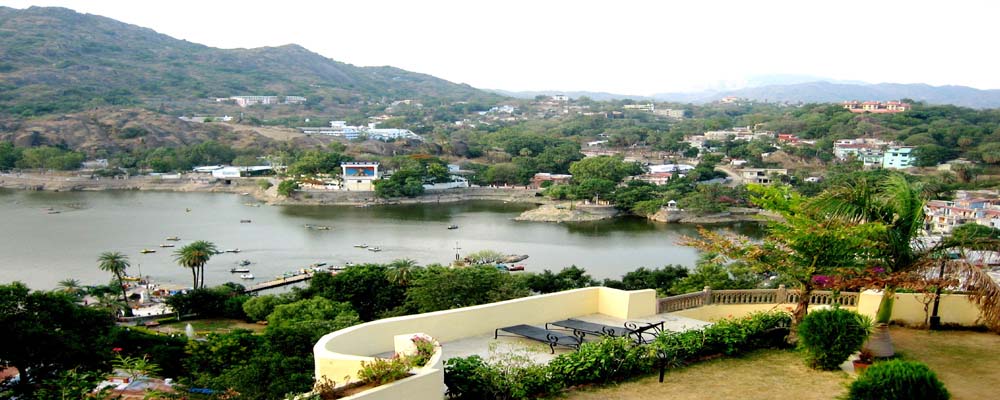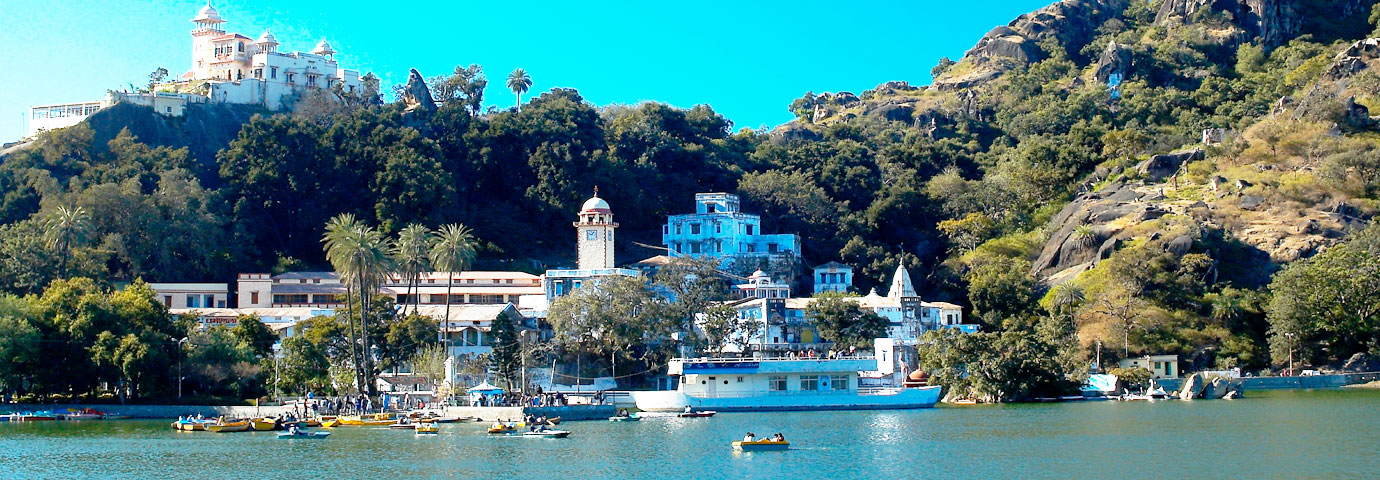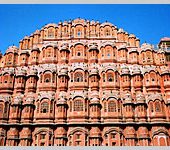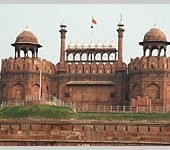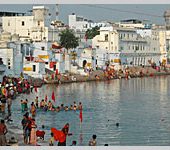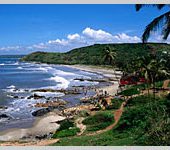Mount Abu (About this sound pronunciation (help·info)) is a popular hill station in the Aravalli Range in Sirohi district of Rajasthan state in western India, near the border with Gujarat. The mountain forms a distinct rocky plateau 22 km long by 9 km wide. The highest peak on the mountain is Guru Shikhar at 1,722 m (5,650 ft) above sea level. It is referred to as ‘an oasis in the desert’ as its heights are home to rivers, lakes, waterfalls and evergreen forests. The nearest train station is Abu Road railway station: 28 km away.[2]
Agra is famous all over the world for its world heritage buildings and monuments and especially for The Taj Mahal. Agra had a glorious history. It is also mentioned in epic The Mahabhartha as Agrevana but its history generally recognized with Mughal Empire. Agra is erstwhile capital of India. It is known all around the world for The Taj Mahal which symbolizes immortal love story of a king and queen. It was built by Mughal Emperor Shah Jahan in loving memory of his favorite wife Mumtaz Mahal. Its took 20 years to complete and 22 thousands worker were involved in its construction. Other famous world heritage buildings of Agra are Agra Fort, Akbar’s Tomb, Itma-Ud-Daulah and many more.Agra India Tourism is an online web site of travel agency which provides tour packages to visit Agra and be a witness of it’s glorious history. Agra India tourism promotes agra tourism. It provides Agra tour packages, same day agra tour, Taj Mahal tour packages and many more tour packages for Agra Tour as well as other part of India.
The city of Agra is famous for its exceptional monuments and buildings. Tourists and history freaks have endless love for the city
In 1501, Sultan Sikander Lodi established his capital here, but the city fell into Mughal hands in 1526, when Emperor Babur defeated the last Lodi sultan at Panipat, 80km north of Delhi. Agra reached the peak of its magnificence between the mid-16th and mid-17th centuries during the reigns of Akbar, Jehangir and Shah Jahan. During this period the fort, the Taj Mahal and other major mausoleums were built. In 1638 Shah Jahan built a new city in Delhi, and his son Aurangzeb moved the capital there 10 years later.
General Information
Area: 188.40 km2
Altitude: 1,220 m (4,000 ft)
Climet: 45°C (113°F) ( summer )14º Celsius ( winter )
Languges: Hindi, English, Braj Bhasha
What To See
- Mount abu
- Nakki Lake
- Jain temple
- Guru Shikhar
- Achalgarh Village
- Trevors Tank
- Toad Rock
- Arbuda Devi Temple
- Raghunath Temple
- Mount Abu Bazaars
- Sunset point
- Dilwara Temples
Architecture
The Dilwara Temples (Gujarati: અાબુના દેલવાડા) of India are located about 2½ kilometres from Mount Abu, Rajasthan’s only hill station. These Jain temples were built by Vimal Shah and designed by Vastupal-Tejpal, Jain laymen[1], between the 11th and 13th centuries AD and are famous for their use of marble and intricate marble carvings. The five marble temples of Dilwara are a sacred pilgrimage place of the Jains. Some consider them to be one of the most beautiful Jain pilgrimage sites in the world.[2] The temples have an opulent entranceway, the simplicity in architecture reflecting Jain values like honesty and frugality. The temples are in the midst of a range of forested hills. A high wall shrouds the temple complex.
The Fort was provided with four gateways . From the foundations to the battlements, the fortress was composed of hewn stone, each of which was polished like “the world revealing mirror, and was ruddy as the cheek of fortune and they were so joined together, that the end of a hair could not find place between them”. The Fort was completed with its loopholes (sang andaz) in the space of eight years (1565 -73) under the superintendence of Qasim Khan Mir Barr-wa-Bah

